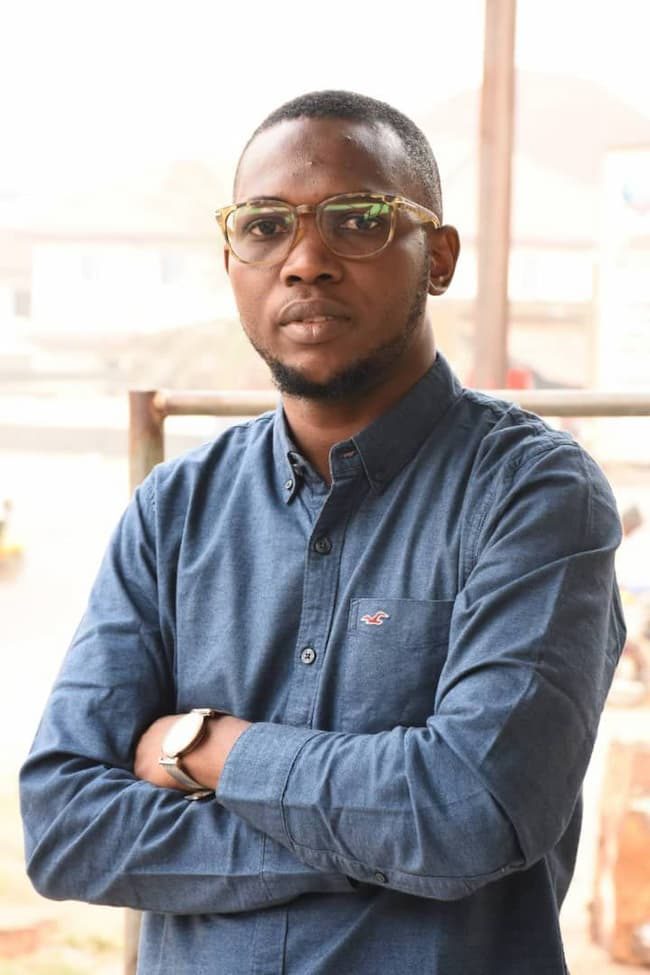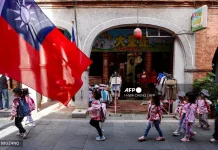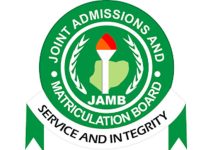As part of its training line-up to wrap up the outgoing year, the Media Mentors Leadership Academy (MMLA), hosted a media drill on “Information Disorder/ Introduction to Fact-checking” for fourteen campuses and young journalists across the country.
Compered virtually via Zoom, the host, Ms. Joke Kujenya, executive-in-charge, MMLA, said the training was salient to combat distortion of facts and truths that have become the bane, not only of our society; but also a global menace.
She said the danger of being over-flooded with falsehood in the name of media reports is a hazard that demands all hands to be on deck in order for upcoming journalists to know the roles to play in curbing the evill.
Facilitated by Mr. Kemi Busari, Editor, Dubawa, a fact-checking media; he began by psyching participants on the importance of understanding their individual roles in combatting the trend of fake news, rather than being party to it by sharing it. He cautioned each journalist to apply the pause button in their minds before sharing or passing unverified information across to others.
He educated the session on understanding “What is information disorder (ecosystem)”? He noted it has become paramount for an average serious-minded journalist to be conscious of what constitutes order or disorder in our respective environment, saying this is what will help journalists to decipher the kinds of information to share.
Information disorder, Busari noted, refers to the many ways our information environment is polluted, which is what is often referred to as ‘fake news’. However, the complexity of this disorder goes beyond news only being fake, he stressed.
Buttressing this point, he took the trainees back to the origin of the trendy “fake news” indictments. He retraced the starting point during an “attempt to bring structure to discussions, the Council of Europe n 2017, produced a report on what it calls information disorder.
The authors refrain from using the term fake news, for two reasons: First, they believe it is “woefully inadequate” to describe a very complex issue. And, secondly, it has been appropriated by politicians to slam any news or organisation they find disagreeable, thus becoming a mechanism for repression.” He said this was where it all began.
Busari also told trainees that for them to fight information disorders; it was important for them to be familiar with the different “Types of Information Disorders.” According to him, these are: Disinformation representing information that is false and deliberately created to harm a person which happens when the person sharing the information intentionally put out falsehood.
The next is Misinformation which is the type of information that is false but not created with the intention of causing harm. For this, most of the time, the one sharing the information intends to help but with false, unverified information. The third and the last he said, is Malformation the one that happens when the information is actually based on reality, but used with the intent to inflict harm on a person, organization or country.
Busari said no journalist worth the name should be oblivion of the intent of information disorder. “This is why we must never share any unverified information no matter how good or appealing they look,” he cautioned sternly. He also backed this up with video clips on simple scenarios that turned bloody simply on the basis of information disorder published without being verified first.
He noted that this is the point of “The Trajectory of Trust” where the confidence earlier reposed in the media began to be shaky. He noted that: “Media history follows a pattern of trust in that in the past, communication occurred with a high level of trust until the instruments of electronic mass media (radio and TV) and later digital means was introduced.
The most recent phase in the development of media and communication is characterized by a series of interconnected tendencies that make communication faster and over long distances – the digital phase. Since the 1980s when technology started moving from analogue to digital, the world of information sharing has consistently evolved” and that’s where the challenge began for us, he affirmed.
Still, on the trajectory of trust, Busari said, “In this age of ‘fake news, everyone who comes in contact with information now has the capacity of consuming and at the same time, producing the news. In the media sector, we now send stories via emails, we now make texts, audio, video, photograph etcetera with only one device, we now run our media companies at the comfort of our room (blogging), we now break news as it happens… With digitization comes the plurality of media sources. All these lead to ‘chaos’ where everything and anything goes. But not only in the media…”
“This takes us to “Confirmation Bias” which means the tendency of people to favour information that confirms or strengthens their existing belief or values. This cognitive bias holds despite contrary evidence.”
He adds that it is a result of automatic, unintentional strategies rather than deliberate deception. Confirmation bias cannot be avoided or eliminated entirely, but only managed (Oswald and Gilovich, 2007).” As a matter fact, “confirmation biases impact how we gather information, but they also influence how we interpret and recall information,” the trained asserted.
“That means, we must be cautious of the ‘Illusory Truth Effect’ in which people are easily or more likely to be misled with false information when they come across this information often. This phenomenon is called the “illusory truth effect.”
Thus, the more people encounter a piece of misinformation they do not challenge, the more the misinformation seems true, and the more it sticks. Even if a source is identified as unreliable or is blatantly false and inconsistent with people’s ideology, repeated exposure to information still tilts people towards believing its claims (Nigeria/India match).”
Another aspect to always consider, Busari noted is what is often called “Objective truth which is less important than familiarity. This makes us tend to believe falsehoods when they are repeated sufficiently often.” (Debunking Handbook, 2020). Faced with the reality of chaotic digital space, distrusted mainstream media, biased mindset and other filters, how then do we navigate this world of fake news?”
“It is our understanding of the above pointers that will enable us to viably ‘Enters Fact-Checking’ as our main focus is to fact-check unverifiable information before publishing at all.”
He then shared a 2020 article “Debunking Handbook”, in which writers believe that “misinformation is sticky and it’s best tackled in two ways; when it is pre-empted or when it is debunked. He said pre-empting can be achieved by explaining misleading or manipulative argumentation strategies to people. Whereas, debunking should come often and must be done properly. If you cannot pre-empt, you must debunk. For debunking to be effective, it is important to provide detailed refutations, a clear explanation of why the information is false or true.”
As such, every journalist must fact-check because it is the process of verifying information with the intent of determining its correctness. This process may include the following activities: to separate facts from fiction (myths, misconceptions, lies); i.e. “checking the facts”, distinguishing between credible and non-credible information, identifying misrepresentations, verifying assertions and checking accuracy; noting that virtually everyone can engage in fact-checking of information.
A journalist can verify just as a news consumer can fact-check news items right on the spot of receiving them, an HR manager can fact-check claims by applicants, a newspaper can fact-check what it received as press statements, he stated.
So, sourcing becomes vital for every journalist as it involves the effort of getting claims and other forms of false information with the aim of fact-checking. We can source information to fact-check from every source of information gathering be it through individuals or various social media platforms, messaging apps, news reports, speeches, press statements, documents such as budget, annual reports and legal documents, among others. Yet, generally, a source of information doesn’t need to be malicious or have the intent to mislead. The major criteria one must put into consideration include; repetition/virality, implication, surprising truth and significance in terms of public interest.
The next step is researching, Busari said. Adding that research is the systematic investigation into and study of materials and sources in order to establish facts and reach new conclusions. In fact-checking, research refers to the systematic way of examining resources and materials in order to determine the validity or authenticity of information and the search for new information.
This could take the form of internet search, geographical mapping, calls, search through documents, physical examination and others, while he also offered some sources of research as government websites, constitution and legislations, treaties, news stories, books, audio and videotapes as well as web pages.
However, sourcing rules must be upheld, he intoned. He also informed participants on why verification is important citing the Swedish case in which many websites in Sweden took the advantage of an announcement on the ban of Christmas decorations to spread false religious narratives. He said in instances where such happens, always check with original source.
Appreciating the trainer on behalf of the trainees, Mrs. Mercy Oyebiyi, a radio journalist, said they will strive to apply the lessons learned in sharing information on their social media handles as well as in their news reporting, among others.














